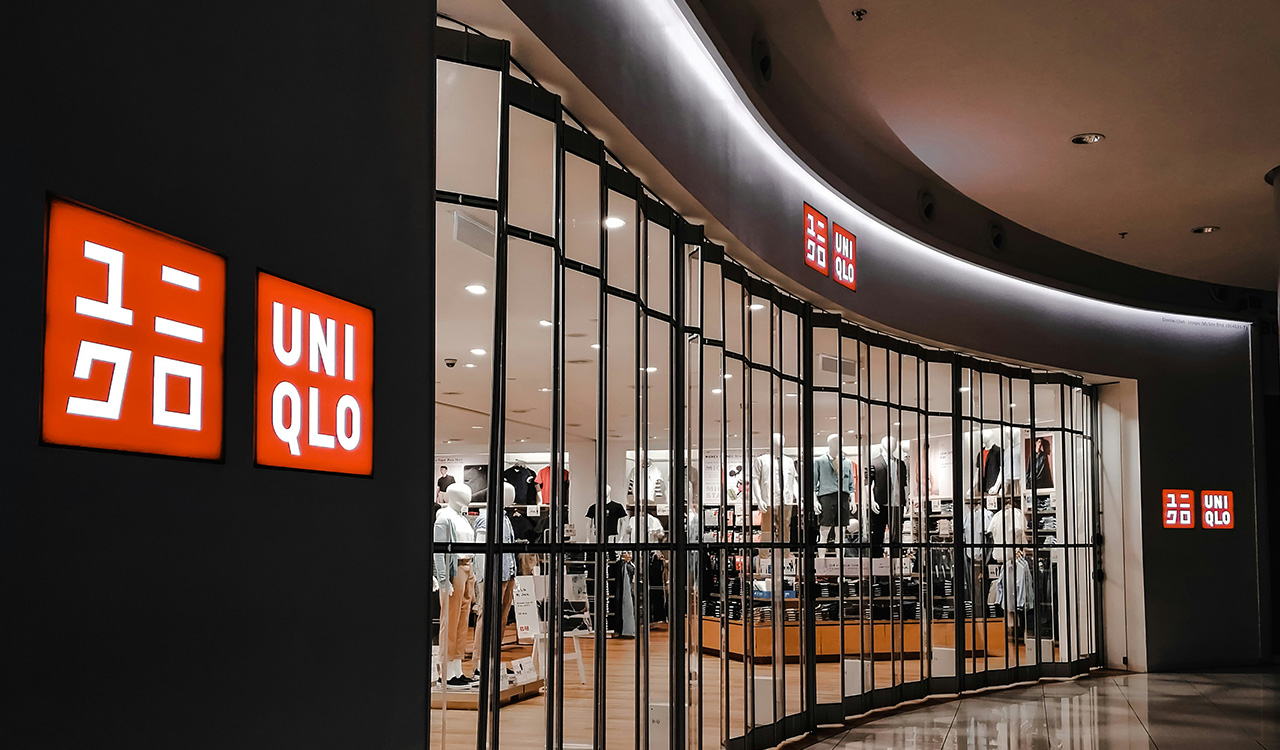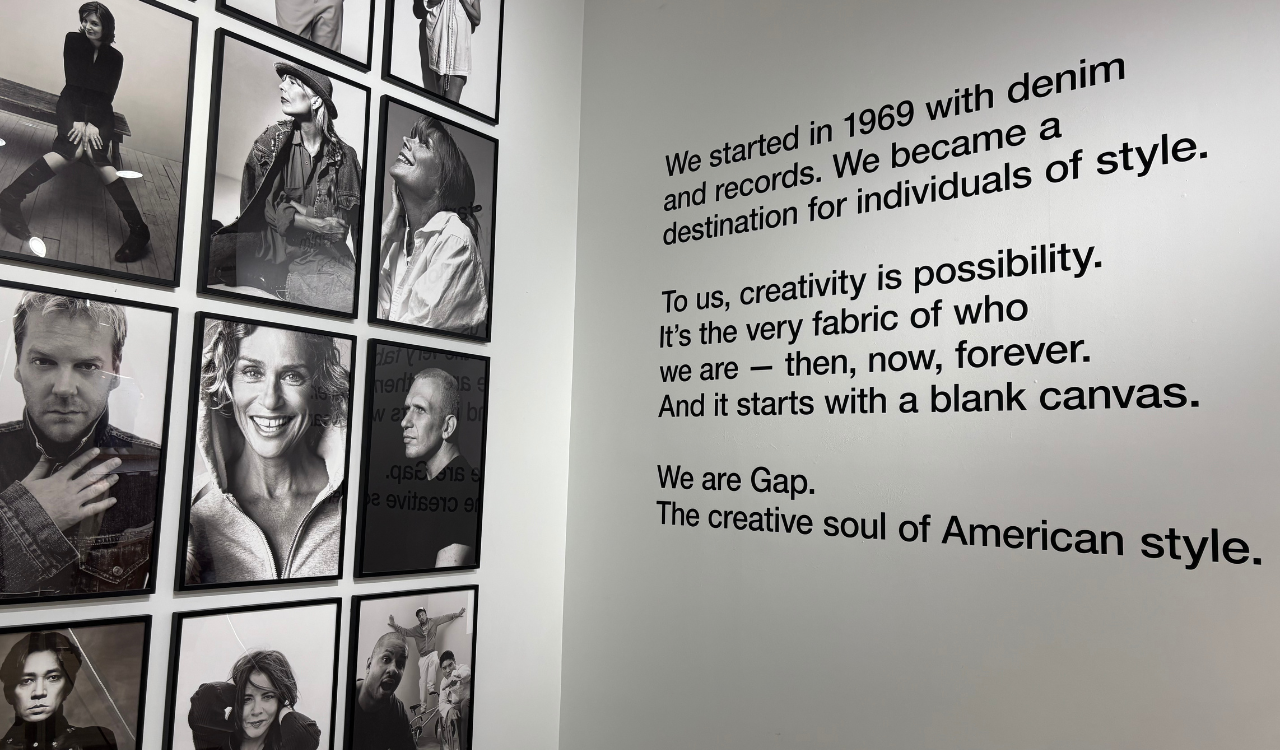It was supposed to be another lap in a well-earned victory tour for Tadashi Yanai. The Uniqlo leader had been making the media rounds, extolling Uniqlo’s successes in interviews and describing his plans for its future. But the Uniqlo China controversy derailed Yanai.
The deep-set malaise of the Chinese consumer persists, and while Chinese spending is not cratering, it is maturing. This means the Chinese domestic economy does not drive the expansion plans of global fashion brands as it once did. This may also imply that brands no longer have to delicately tiptoe around perceived slights and national sensitivities—although it would be foolish for any brand with Chinese exposure to ignore them entirely.
Uniqlo China Controversy
Japan’s richest man is CEO of Fast Retailing Co., which owns Uniqlo, Japan’s largest fast fashion brand — the world’s third largest after Spain’s Zara and Sweden’s H&M. Sales at its parent company, Fast Retailing Co., recently topped 3 trillion yen ($20 billion) annually for the first time. At the end of August this year, Fast Retailing reported 2,495 Uniqlo stores globally, more than 90 percent of which were in the Asia-Pacific, and 1,032 in Greater China alone.
It is this exposure to the Chinese market that derailed Yanai’s charm offensive. In an interview with the BBC on November 28, the Uniqlo CEO briefly—albeit, for the first time, directly—stated that his firm did not produce clothing using cotton sourced from Xinjiang.
The region is China’s westernmost territory and home to the vast majority of the country’s cotton production, and has come under global scrutiny since 2017 when it became known that millions of the region’s ethnic Uyghurs and other minorities had been systematically repressed, including mass incarceration in ‘re-education’ camps and forced into work in factories. Many U.S. observers believe and are trying to prove, that Xinjiang’s Uyghurs are specifically sent to work in cotton production facilities.
Yanai quickly tabled his remarks, refused to expand on the issue of Xinjiang sourcing, and said the largely U.S.-driven efforts to stop it, were “too political.” Yet the reputational damage was already done. Some western commentators and activists pushed back against his claim, citing the math: Xinjiang produces 20 percent of the world’s cotton output, China produces a third of the world’s clothing, and most of Uniqlo’s apparel manufacturing is done in China—how could it possibly be that no local cotton found its way into the company’s T-shirts and jeans?
However, incredulous socially responsible shoppers were not Fast Retailing’s biggest problem. Rather, Yanai’s remarks sparked customer outrage in its largest market—the virality of his no-Xinjiang cotton pledge instantly soured Chinese consumers’ views and within a day of Chinese online backlash, global markets sold down Fast Retailing, causing its market capitulation to lose five percent just after it celebrated its biggest year in sales.
Under Pressure—or Lack of Pressure?
A study in May this year found that nearly a fifth of the cotton used in a sampling of clothing retailing in stores across the U.S. had Xinjiang cotton (unsurprising, given that it is the exact percentage it contributes to global supply). This underscores the difficulties in enforcing the U.S. Uyghur Forced Labor Prevention Act (UFPLA), a set of containment policies passed in December 2021.
The Department of Homeland Security (DHS) is largely responsible for inspecting and seizing suspected imports and gathering information in the form of evidence submitted by importers which attempt to prove that their products are not comprised of Xinjiang-sourced cotton. This in turn creates a large funnel of sources through which DHS attempts to identify, name, and restrict imports of products with content from specific entities on an annually updated list.
However this process is selective and not comprehensively enforced. More importantly, there is little international cooperation with the U.S., which analysts feel is a crucial factor in scaling up enforcement. “The relatively new U.S. efforts to prohibit imports of these products would likely be more effective and have a greater impact if more countries chose to adopt similar import prohibitions,” observes Michael Beeman, a Visiting Scholar at the Shorenstein Asia-Pacific Research Center of Stanford University.
Picking at Strands
Creating long paper trails to prove money laundering and lengthy supply chain investigations to track back cotton strands leaves a lot to be desired in the quest to enforce trade restrictions against Xinjiang-based companies. Moreover, neither DHS nor NCA enforcement can do much to actually prove that cotton produced there is done with forced labor, despite the well-documented crackdown on the rights of ethnic minorities in Xinjiang.
China’s investment in technology and efficient processes in its cotton industry may mean the opposite is true: “I hardly see a human being when I tour production facilities—it’s all automated,” says one Hong Kong-based venture capital executive who has evaluated investments in Xinjiang cotton production companies.
Unlike restrictions in semiconductors and telecom equipment, which have national security cachet, Xinjiang does not excite the passions of U.S. trade policy specialists: “China trade relations are the top concern of everyone I speak to now, but I have not had a single specific conversation about Xinjiang,” says one U.S.-based director of a China policy think tank.
Chinese netizen’s outbursts following the amplification of Yanai’s remarks on social media were in some sense predictable, following an established pattern of consumer outrage and attacks on brands that have slighted China’s national character. H&M saw its Chinese business drop, and many Chinese online shopping platforms dropped its stores, following comments its executives made about human rights abuses in Xinjiang in May 2021. Yanai has since somewhat walked back his comments, claiming that Fast Retailing is committed to China, both as a key retail market and as a primary production center. Xinjiang was not mentioned.
Although a four percent dip in stock price may seem significant, it is a tiny setback for Fast Retailing. Its stock was trading at around 35,000 yen on the Tokyo Stock Exchange at the beginning of the year, and (even with the haircut it received due to the furor in China) now trades 50 percent higher today.
This points to a deeper lesson from Yanai’s misstep. Clearly, Uniqlo is the most China-dependent fashion retail giant—over 40 percent of its retail footprint is in Greater China, and strong Chinese retail tourism to Japan has likely provided a sales boost for many of Uniqlo’s roughly 800 stores in its home market. And yet, with all of the vitriol, its fortunes have seemed barely dented.
This suggests that the Chinese consumer does not hold the sway over global economic fortunes it once did. Many consumer-led industries that have looked to China for decades to sustain global growth have reset their expectations. “It is no longer an article of faith that we have to make movies that cater to the interests of the Chinese market,” says a consultant to U.S. and European film studios. “If a blockbuster now makes money in China as is, that’s just an extra cherry on top.”
The deep-set malaise of the Chinese consumer persists, and while Chinese spending is not cratering, it is maturing. This means the Chinese domestic economy does not drive the expansion plans of global fashion brands as it once did. This may also imply that brands no longer have to delicately tiptoe around perceived slights and national sensitivities—although it would be foolish for any brand with Chinese exposure to ignore them entirely.
But if the influence of the Chinese consumer is waning, so too is interest in achieving change in Chinese human rights practices. What Uniqlo’s PR crisis reveals about China is that there is still little global appetite to engage the world’s second-largest economy.




